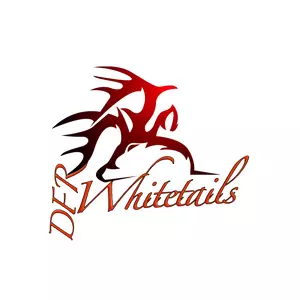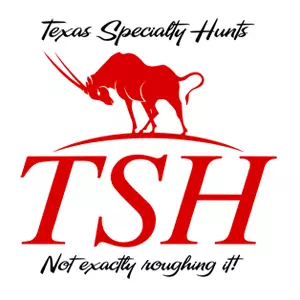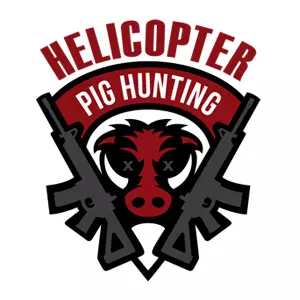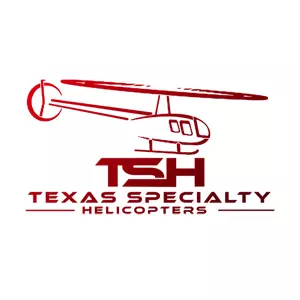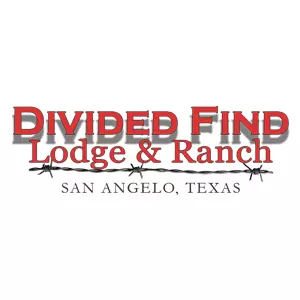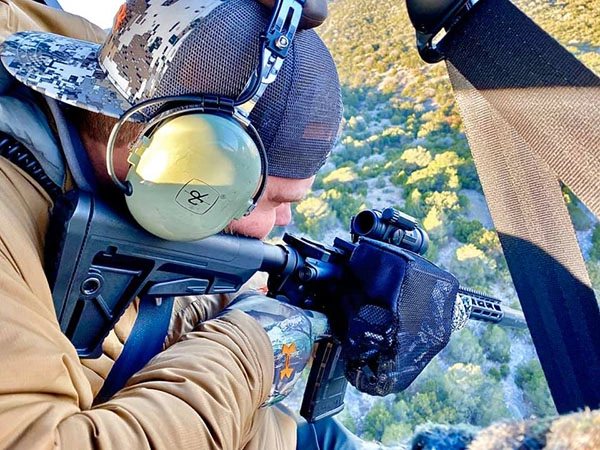THE DIVIDED FIND RANCH AND LODGE
If you are looking for a high-end Texas hunting experience with quality and personal service, you’ve come to the right place! At the Divided Find Ranch & Lodge, home to Texas Specialty Hunts and Helicopter Pig Hunting, we’ll give you the attention and service that you should receive in the south.
TRUE Texas hunting and hospitality!
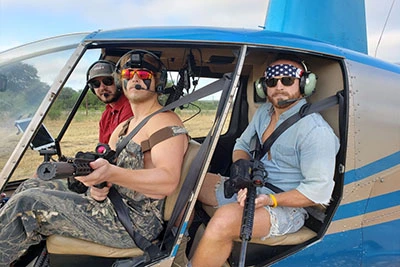
HELICOPTER HOG HUNTING
Helicopter Hog Hunting is the only year-round feral hog hunting business in the U.S. We offer full-time staff, helicopters and 2.5 million acres of West Texas helicopter hog hunting land to choose from. Wild hogs are among the most destructive invasive species in the United States today.
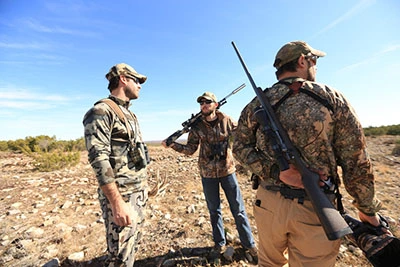
BLUE & BOBWHITE QUAIL HUNTING
The ranch has been sculpted with the quail hunter in mind. The lodge, meals and facilities have been created for our guests to enjoy relax and experience Texas Quail Hunting like it should be. The guided quail hunts at our ranch are tailored for the quail hunter.
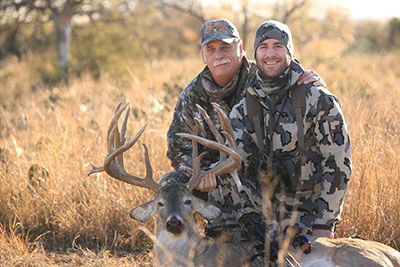
WHITETAIL DEER HUNTING
Texas has more white-tailed deer than any other state. Population estimates in recent year range from three to four million. The whitetail is one of the most researched, observed, sought after, cussed and discussed of all wildlife species in Texas.
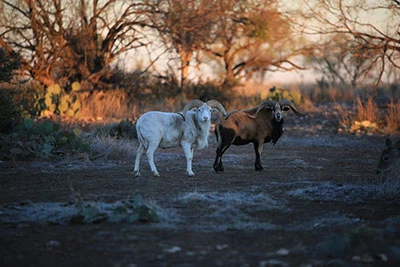
EXOTICS HUNTS
Personal service sets Texas Exotic Hunting apart at our ranch near San Angelo, TX. Hunters are cared for from the moment they reach the ranch, through the time they harvest an animal until they leave the facility. With numerous species on the ranch we can offer what no other ranch in Texas can.
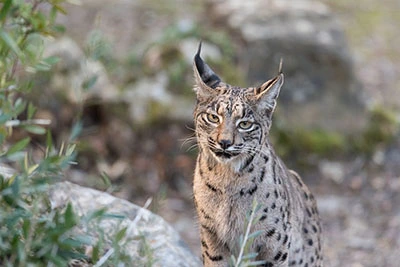
PREDATOR HUNTS
We sit high above the terrain in West Texas in our custom built high racks and spotlight using different animal sounds to call the predators up close and personal. Predator hunting is conducted primarily at night with the use of light force spotlights and Wildlife Technology Electric Calls.
“Our mission is to provide an incomparable Texas Hunting Experience, which delivers authentic hospitality with world class hunting and firearms”
THE DIVIDED FIND HUNTING EXPERIENCE
The Divided Find Ranch & Lodge offers a variety of hunting experiences, from year-round Helicopter Hog Hunting to Trophy Whitetails and exotic hunts of Axis, Blackbuck, Scimitar Oryx, Sika, Ibex, Aoudad, Transcaspian Sheep and Nilgia.
We are the only full-time year-round Helicopter Hog Hunting Ranch in Texas. We have a full-time staff, pilots, chefs and ground crew. Our helicopters will meet you at the hunting locations, there is no travel time wasted – when we take off, we are hunting!
Divided Find Ranch has been located in San Angelo since 1991. Let us put our experience to work for you.
